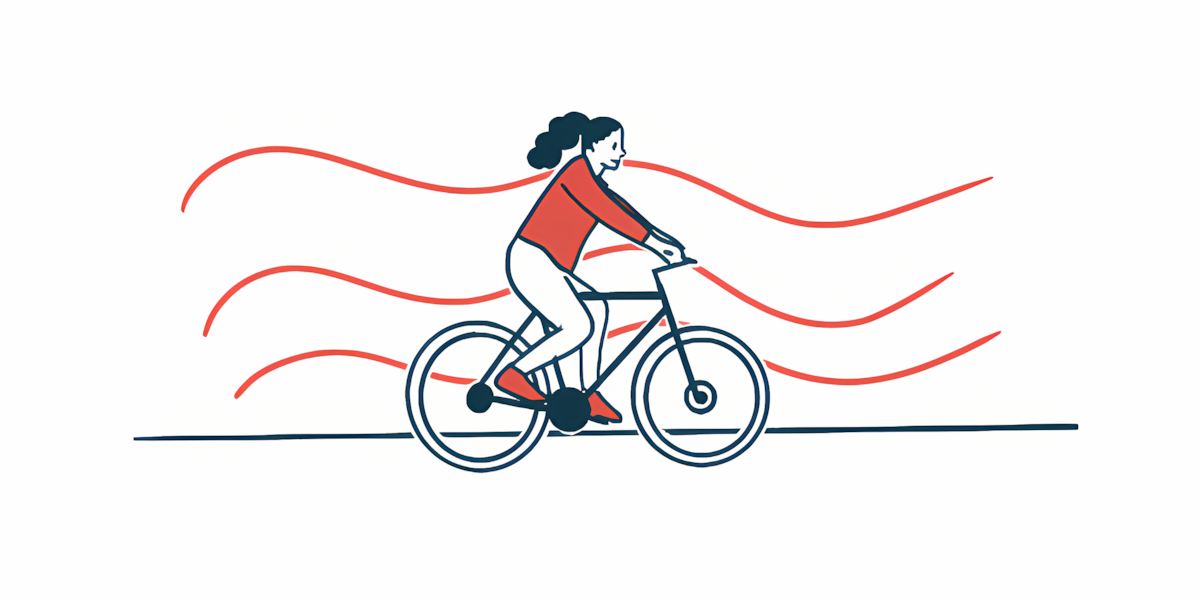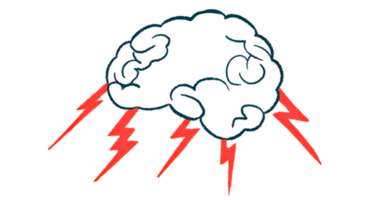Cycling, deep stimulation may rewire brain with Parkinson’s
Study: Combination of approaches produces changes in neural activity

When combined with deep brain stimulation (DBS), a dynamic, cycling-based exercise program for people with Parkinson’s disease produces changes in brain activity indicative of potential neural rewiring, according to a study. The research was conducted at University Hospitals in Cleveland and the Veterans Affairs Northeast Ohio Healthcare System, through its Cleveland Functional Electrical Stimulation Center.
“We’ve already established over years of study that dynamic cycling regimens are beneficial for treating Parkinson’s tremor,” Aasef Shaikh, MD, PhD, who led the research team, said in a hospital press release. “The latest study adds the use of deep brain stimulation and an ongoing exercise program to visualize how long-term exercise might be rewiring neural connections in the brain.”
While brain signals didn’t change notably after one exercise session, participation in several sessions over four weeks produced cumulative changes. The specific alterations in signal properties suggested the brain changed in response to changing conditions through the process of neuroplasticity. Neuroplasticity, the brain’s ability to change and adapt over time in response to experience, learning, or injury, can help promote functional recovery in Parkinson’s and other neurological conditions.
Shaikh and his team described their findings in the study, “Electrophysiological correlates of dynamic cycling in Parkinson’s disease,” which was published in the journal Clinical Neurophysiology. Shaikh’s lab is part of University Hospitals. He also practices at the Louis Stokes Cleveland Department of Veteran Affairs Medical Center.
Study participants rode motorized stationary bike
Parkinson’s is a progressive neurodegenerative condition caused by the death of certain nerve cells, or neurons, that produce the signaling molecule dopamine. These neurons are important in a variety of biological processes and their loss can lead to abnormal signaling and connections throughout the brain. Ultimately, this results in both motor and nonmotor symptoms characteristic of the disease.
Levodopa is a standard treatment for Parkinson’s that helps the brain produce more dopamine, allowing neural circuits to function more normally. Another treatment option, usually for those in more advanced stages of the disease, is DBS, which also aims to restore more typical brain signaling and reduce symptoms. DBS involves implanting electrodes in specific areas deep within the brain to deliver controlled electrical pulses. One of the most common targets for DBS is the subthalamic nucleus (STN).
Other non-drug treatments, including physical therapy, may also help with symptoms. “Over the past two decades, substantial evidence has demonstrated that physical therapy incorporating various exercise methods is effective for long-term rehabilitation in [Parkinson’s],” the researchers wrote.
In this study, the researchers wanted to understand how exercise affects brain activity and promotes the easing of motor symptoms. They looked at both the short-term and long-term effects of exercise by measuring changes in the brain signals recorded from that area. Nine people with Parkinson’s were asked to complete a cycling training regimen using a motorized stationary bicycle. All participants were on levodopa and had DBS devices implanted in their STN.
Training included eight to 12 sessions over four weeks. The motorized bicycles were set to a speed of 80 rotations per minute.
How exercise changes brain function in Parkinson’s requires further study
Depending on participants’ level of effort, the motors would adjust resistance throughout the session, providing riders with visual feedback on a screen. This system represented pedaling intensity as a rising or falling balloon, with participants attempting to keep the balloon within certain boundaries. Alterations in the motor’s power, plus the visual feedback, allowed for dynamic interaction between the user and the equipment.
Before and after a training session, the team recorded brain signals in the STN using the participants’ DBS electrodes. During these recordings, stimulation wasn’t active, but DBS was on during the training session. Participants took medication at least two hours before starting.
Although the team didn’t see any immediate changes in brain signals, after 12 exercise sessions, there were noticeable changes in the signals that control movement. However, researchers noted these aren’t necessarily the only changes occurring in the brain.
“There may be a broader circuit involved,” Shaikh said. “Numerous upstream and downstream pathways could be influenced by exercise, and it’s possible that we’re inducing a network-level change that drives the improvement in motor symptoms.”
The results showed exercise caused gradual changes in brain activity in the dorsal part of the STN, which likely reflect increased inhibition in this brain area. This could help reduce the abnormal signals linked to Parkinson’s symptoms. This pattern is similar to what happens with DBS alone, suggesting exercise and DBS might work together to encourage the brain’s ability to promote neuroplasticity.
It really does make a difference. Biking helped me with a variety of symptoms I was struggling with, including my gait, walking and increased my energy levels.
However, some brain signal changes from exercise were different from those caused by levodopa, indicating exercise might influence brain pathways differently than medication.
According to the researchers, longer studies are needed to fully understand how exercise changes brain function and helps with Parkinson’s over time. “The good news is that our next investigations could bring us closer to revolutionary and personalized treatments for [Parkinson’s],” Shaikh said.
For study participant Amanda Ensman, 59, participating in one of Shaikh’s experiments produced a notable shift in her symptoms.
“It really does make a difference,” Ensman said. “Biking helped me with a variety of symptoms I was struggling with, including my gait, walking and increased my energy levels.”







